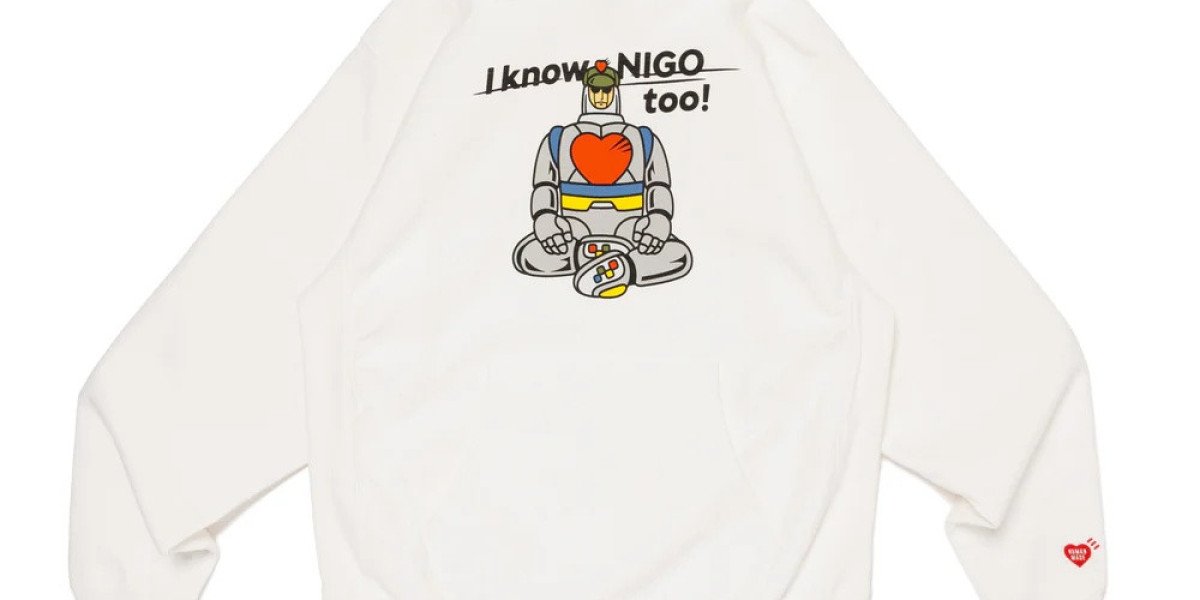 Cualquier triunfo de las personas con conexión sensible es compartido por el otro de manera honesta, sin envidia, sin juicios. La conexión sensible nos cubre con una sensación de compañía, independientemente de la distancia que nos separe. Relacionado esto con la tranquilidad, sentimos que nos encontramos presentes en los pensamientos del otro, que existimos más allá de nuestros límites físicos. Para conectar bien con la pareja es requisito que uno se sacrifique por el otro.
Cualquier triunfo de las personas con conexión sensible es compartido por el otro de manera honesta, sin envidia, sin juicios. La conexión sensible nos cubre con una sensación de compañía, independientemente de la distancia que nos separe. Relacionado esto con la tranquilidad, sentimos que nos encontramos presentes en los pensamientos del otro, que existimos más allá de nuestros límites físicos. Para conectar bien con la pareja es requisito que uno se sacrifique por el otro.El crecimiento personal
En el presente artículo, vamos a explicar qué es una conexión del alma y los diversos tipos que hay. Sigue leyendo para descubrir de qué forma las conexiones del alma te moldearán durante tu paseo espiritual. Construir una relación basada en la conexión sensible requiere esfuerzos y compromisos. Es una tarea cotidiana que atiende los detalles grandes y pequeños, que sabe estar presente y que tiene perspectivas de futuro. Es más, el amor no es la contestación a cada situación ni a cada problema.
Formas de crear conexiones auténticas
 What are some examples of nonverbal behaviors?
What are some examples of nonverbal behaviors? For both Guilbert et al. (2021) and Levy and Kelly (2020) research, the major focus was on gesture observation, not gesture manufacturing. Given a meta-analysis discovered gesture production to have a bigger impact dimension than gesture statement on comprehension (Dargue et al., 2019), the impact of gesture manufacturing and emotional valence on adults’ recall maybe needs to be studied with an adequately advanced task for results to be seen. A gesture is a type of non-verbal communication or non-vocal communication by which visible bodily actions talk specific messages, both instead of, or at the side of, speech. Gestures include movement of the arms, face, or other components of the physique. Gesticulation and speech work independently of one another, however be part of to provide emphasis and meaning. Deeper understanding of the system dynamics was evident within the oral explanations of the techniques by members who had seen action gestures. Their explanations contained extra words expressing motion, regardless of having heard the identical words as those who had seen gestures conveying construction.
Study 1 investigated the impact of gesture, emotional valence, and VM on narrative recall, with separate narratives for each emotion valence. Unexpectedly, nevertheless, the instruction to gesture was detrimental to recall, but not for these low in VM. On completion of the narrative reading task, participants accomplished the RAVLT and had been then requested to recall every thing they may remember from the primary narrative, then the second narrative, and finally the third narrative. Participants had been requested to freely recall each of the tales in the order they have been read at encoding. Recall was measured on this means following previous research that used a similar recall format as a measure of comprehension (Morrow, 1988; Pearman, 2008). Illustrator gestures are what some people might check with colloquially as "talking with your hands," as they "illustrate" what we're saying.
Proportion of information type in speech
This concept states that recall is superior for emotionally valenced objects, in distinction to neutral objects. It has been posited that emotional stimuli capture consideration, thereby making them salient within the individual’s mind, and making non-emotional particulars peripheral and therefore more forgettable (Kensinger, 2009). Body language cues and their consistency have been scientifically proven time and time once more by researchers corresponding to Paul Ekman, Joe Navarro, Barbara and Allan Pease, Desmond Morris, and Carol Kinsey Goman. However, it’s necessary to notice that everyone has their particular person quirks that could be different from the norm. This guide is your key to reading folks AND having assured physique language. Learning how to read physique language, in addition to tips on how to use it consciously, is an important delicate ability that has many advantages in the office and outdoors of it.
Knowledge test
Our palms not only reveal what we all know but additionally what we are about to know. Children produce their first gesture (typically deictic gestures) between 8 and 12 months prior to their first word at about 12 months (Bates, 1976). Furthermore, the gestures youngsters produce predict which words will enter that child’s vocabulary first (Iverson and Goldin-Meadow, 2005). Before creating multiple-word mixtures, infants first combine words with gestures (e.g., pointing at a ball and saying "mine" to speak "my ball"). Children who produce gesture-word mixtures first additionally produce two-word combos first (Iverson and Goldin-Meadow, 2005). Expressing knowledge visually by the use of gesture bears similarities to expressing knowledge in graphics. Both gestures and graphics can summary, phase, and combine info to be conveyed or understood (e.g., Tversky & Kessell, 2014; Tversky, 2011; Tversky et al., 2009).
Facial expressions
A single examine examined the effect of manufacturing gesture on word learning and memory in aphasia; 14 folks with chronic mild aphasia learned novel labels for 30 manipulable objects by either gesturing and repeating goal words or simply repeating the words over four days (Kroenke et al., 2013). Recall was higher for words that were encoded with gesture however only for people with phonological and dealing memory impairments. In reality, these with semantic impairments truly carried out worse when producing gesture. Indeed, intact semantic knowledge could additionally be required to provide iconic gestures (Hadar and Butterwork, 1997; Cocks et al., 2013).









